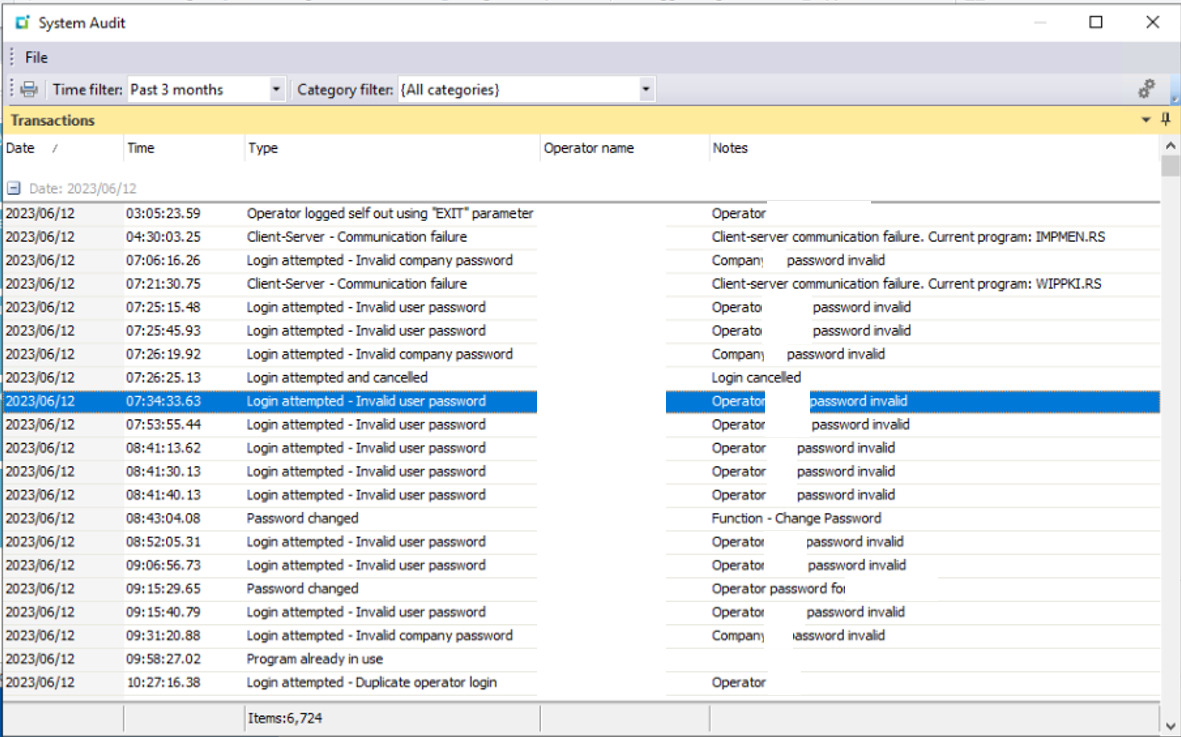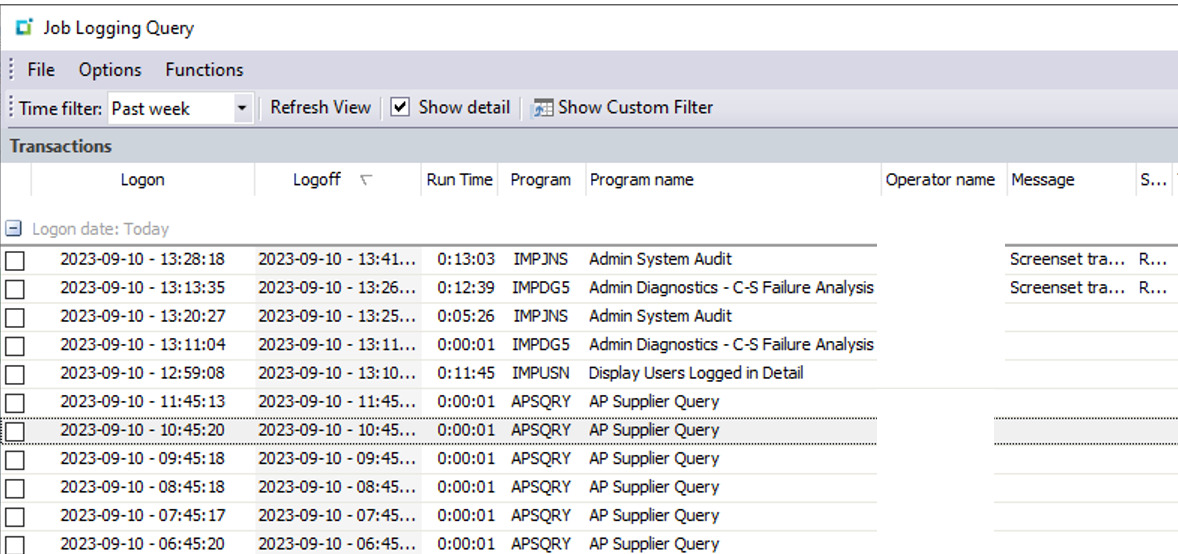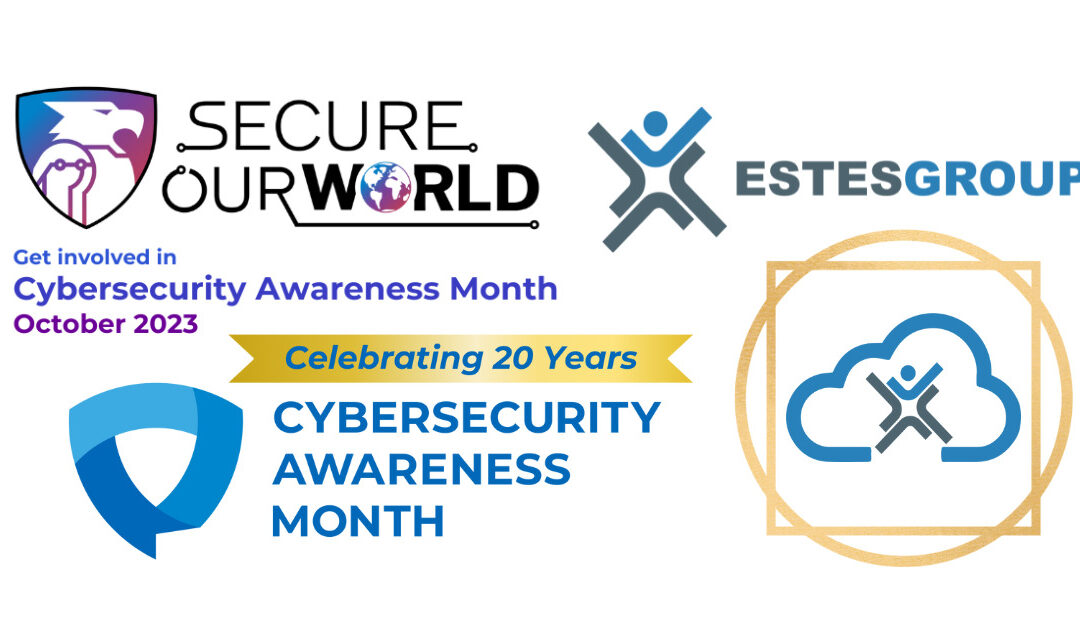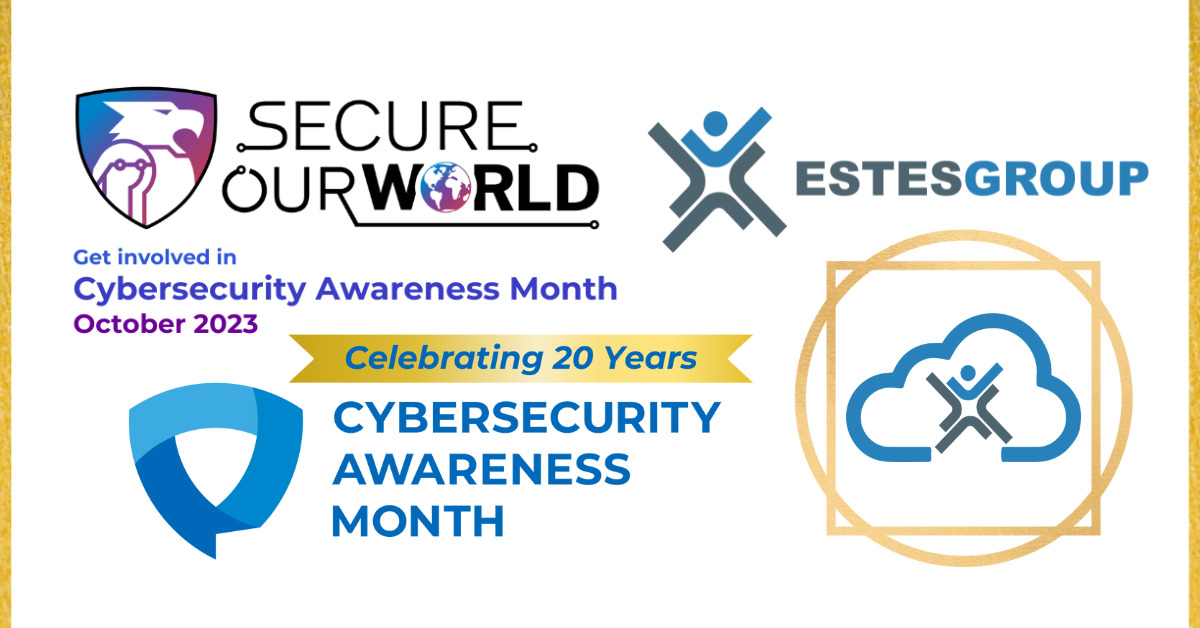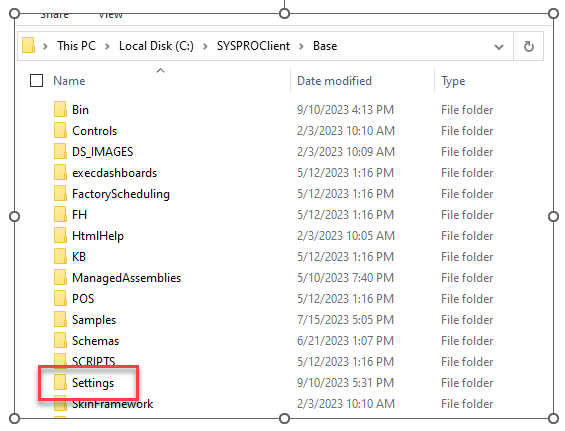
How to Handle Unknown Processes in SYSPRO
Handling Unknown Processes in SYSPRO as an ERP Administrator
In SYSPRO, an “Unknown Process” is the result of a SYSPRO client having lost its connection to the host server prematurely. When an unknown process is detected, it means that a process is still running on the host server despite the client connection having been disconnected. Unknown processes can occur in the event of network disruption or a SYSPRO client shutting down unexpectedly.

While SYSPRO generally catches common disconnects and clears these processes gracefully, in some cases, a process may linger and be declared as a “runaway” process. From an administrative point of view, it is important to stay on top of unknown processes as they can hog up valuable resources for others and can cause general instability if they are not terminated on a regular basis. Additionally, unknown processes can even consume user licenses which can affect other operators’ access to SYSPRO if you have an environment with limited user licensing.
To monitor and terminate any current unknown processes, you can use SYSPRO’s “Users” (IMPUSN) program. You can access the program by going to Main Menu > Administration > Logout Users. This program displays a list of all currently signed-in operators using SYSPRO. On the left-hand side, there is a “Processes” pane that you can filter for “Unknown”. A list of unknown processes will be displayed in the pane once selected. If you have any unknown processes in your system, the “End All Unknown Processes…” button will be enabled. Clicking it will clear the hung processes on the application server, and the previously hogged up server resources will once again be available.

To monitor operators seeing frequent disconnects, you can use the built-in Client-Server Diagnostic program (IMPDG5). Note that this program can only be run from a client machine. You can also make use of the System Audit Query program (IMPJNS) where you are able to filter for various system-related events such as client-server disconnects. These tools are sure to provide you with detailed information about any potential operator seeing frequent disconnects or unexpected client shutdowns.
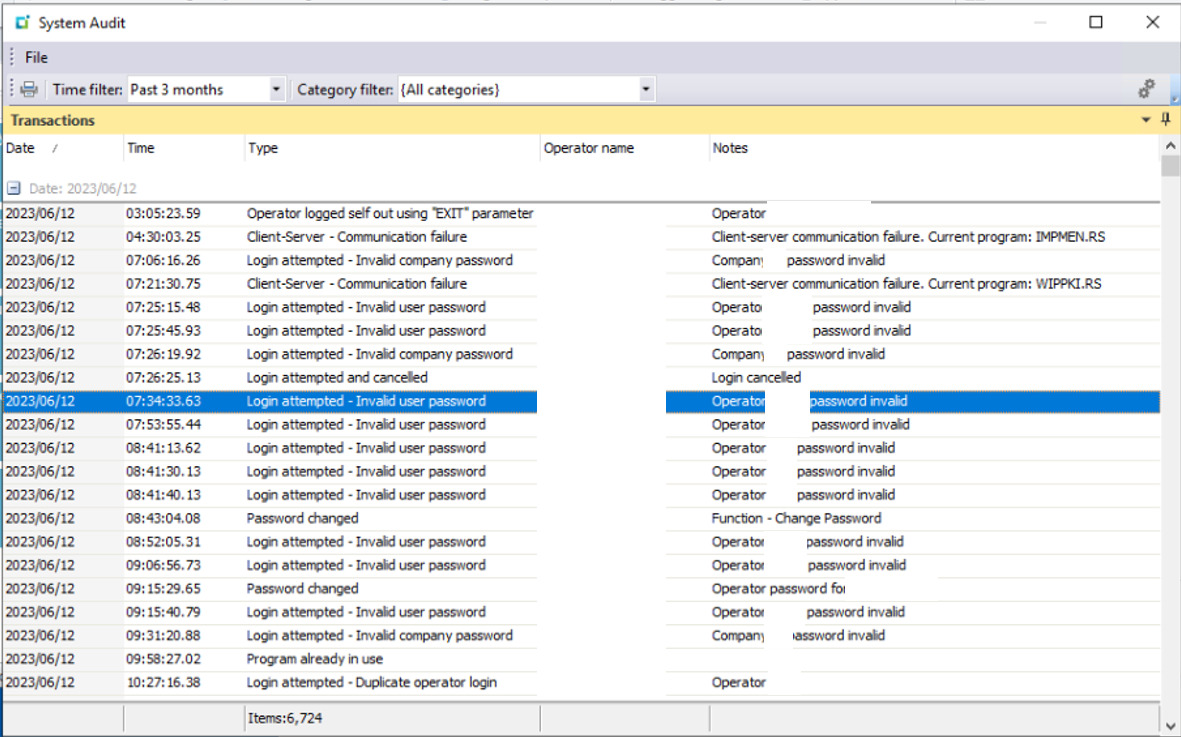
Please be aware that terminating unknown processes is only a temporary solution to the potential problem that is causing them to begin with. Be sure to monitor the specific client machines or operators encountering frequent disconnects.
Here are some helpful tips to reduce the number of unknown processes seen in your SYSPRO environment:
- Educate your users about the importance of exiting SYSPRO “gracefully”. Unless SYSPRO is unresponsive, do not shut down Windows or use the Task Manager to kill SYSPRO.
- Set a “timeout” value against operators so that SYSPRO disconnects the user after a given time of inactivity. This can be done through the “Operators” program (IMPBOP).
- Schedule a task that performs a logout of all users in SYSPRO at a time where the system is not in use (generally overnight).
- Stay up to date with available SYSPRO hotfixes and the latest SYSPRO product releases to remain within SYSPRO’s product support. New hotfixes are usually only developed for the latest versions of SYSPRO.
Looking for help with your SYSPRO ERP environment?
As an ERP Administrator handling Unknown Processes in SYSPRO, you know it’s crucial to vigilantly manage and terminate these processes to prevent resource depletion and licensing issues. The “Users” and “Client-Server Diagnostic” programs offer valuable tools for monitoring and addressing disconnects and unexpected shutdowns. However, it’s essential to address the root causes by educating users on proper exit procedures, setting timeout values, scheduling logouts during system downtime, and staying updated with SYSPRO hotfixes and releases to maintain product support and stability. Proactive management ensures the efficient operation of your SYSPRO environment.
If you find managing SYSPRO ERP processes and maintaining system stability a challenging task, consider reaching out to our team at EstesGroup. With our expertise in SYSPRO ERP consulting and our comprehensive suite of managed cloud and IT services, we can provide the support you need to streamline your operations, optimize performance, and ensure the smooth functioning of your SYSPRO environment. Don’t hesitate to leverage our experience and solutions to enhance your ERP management and IT infrastructure. Trust us at EstesGroup to help you navigate the complexities of SYSPRO with confidence.


